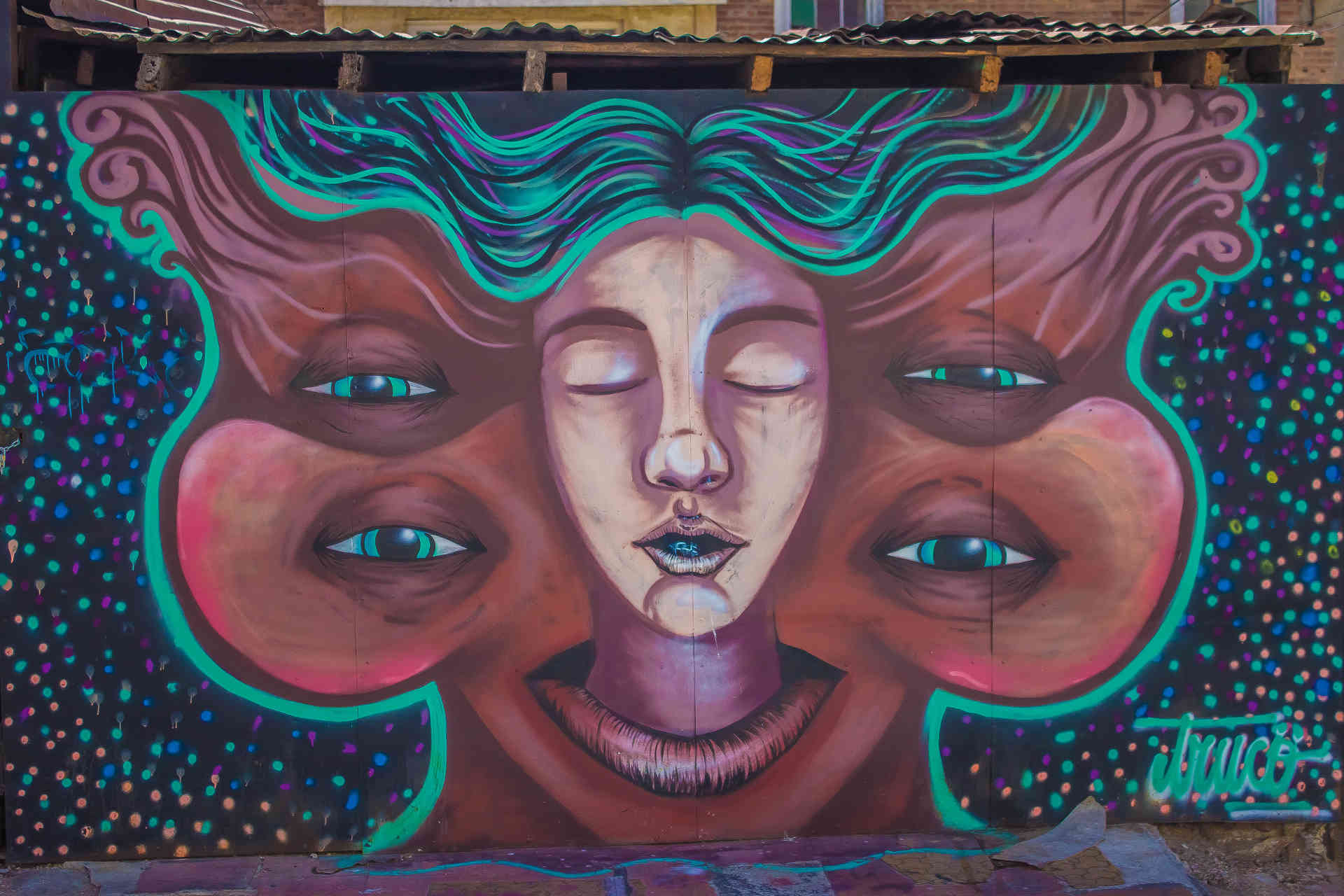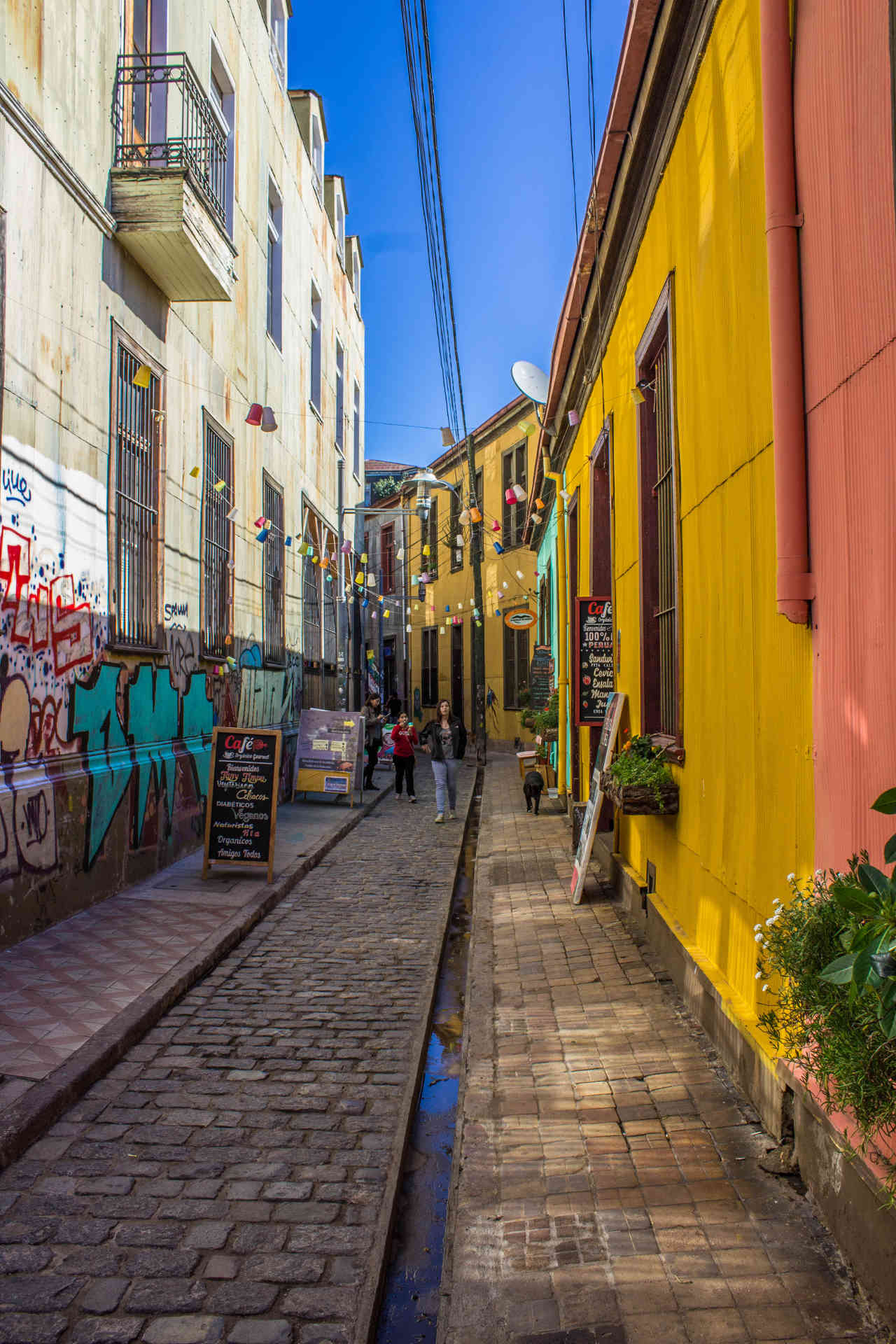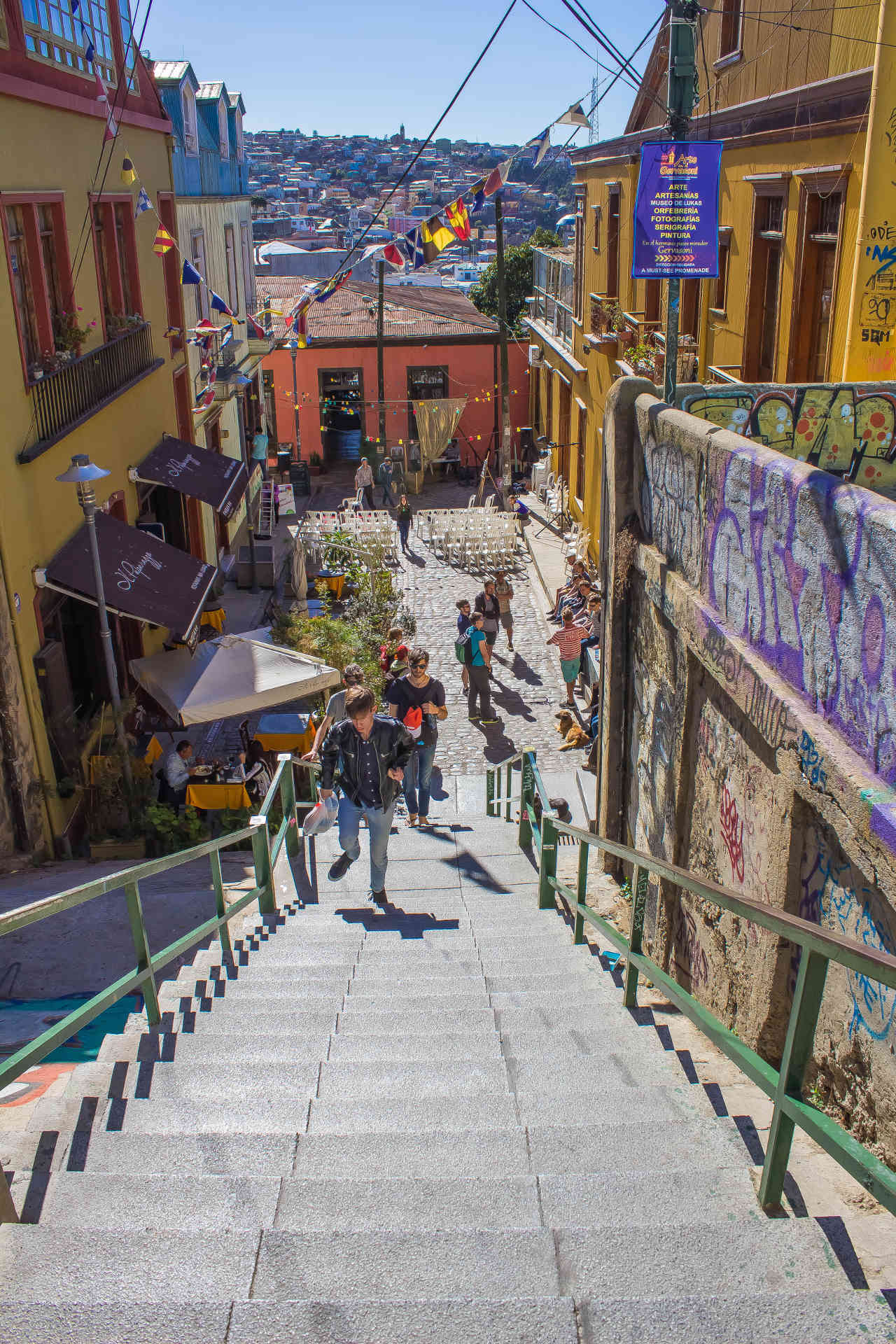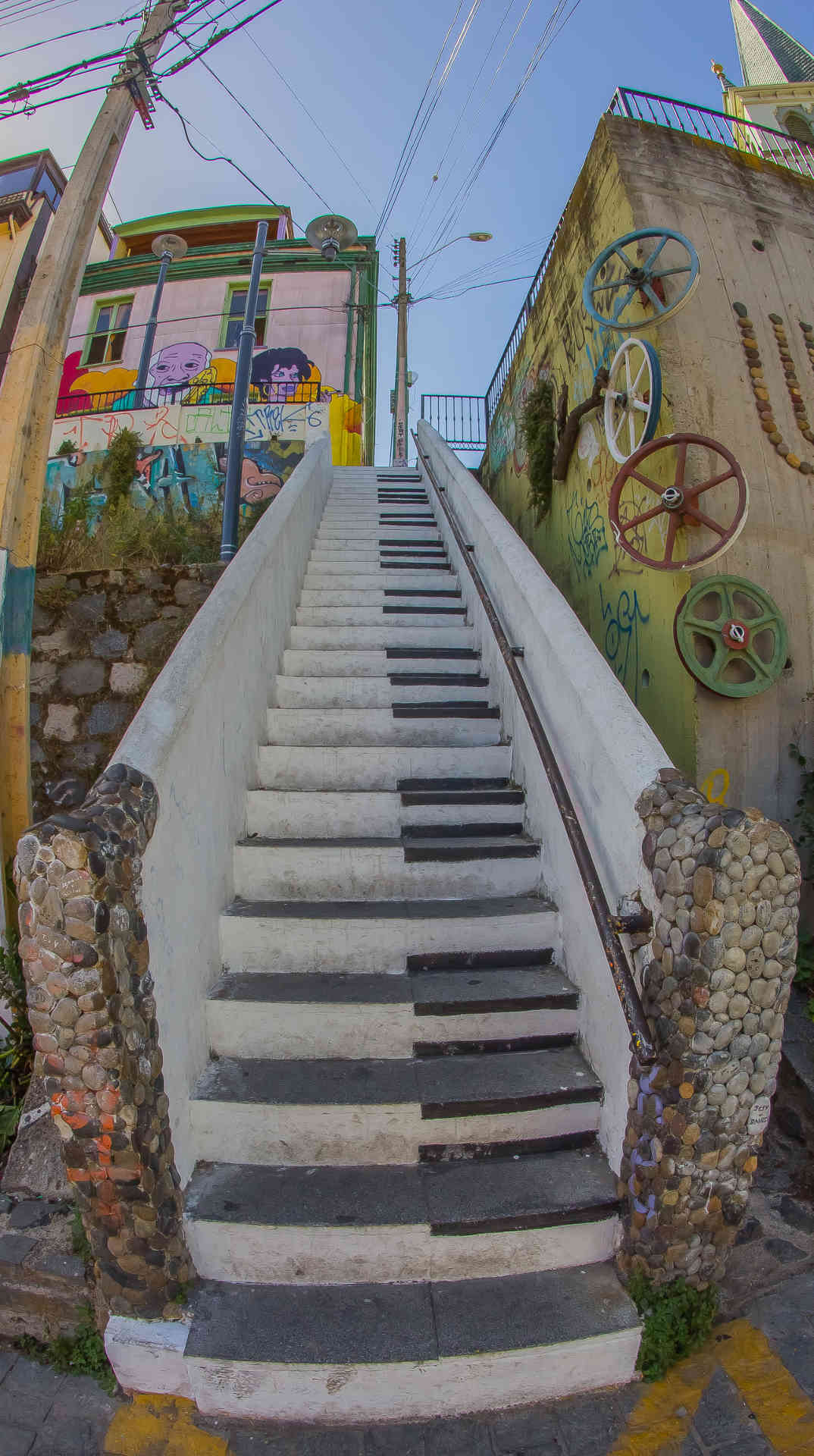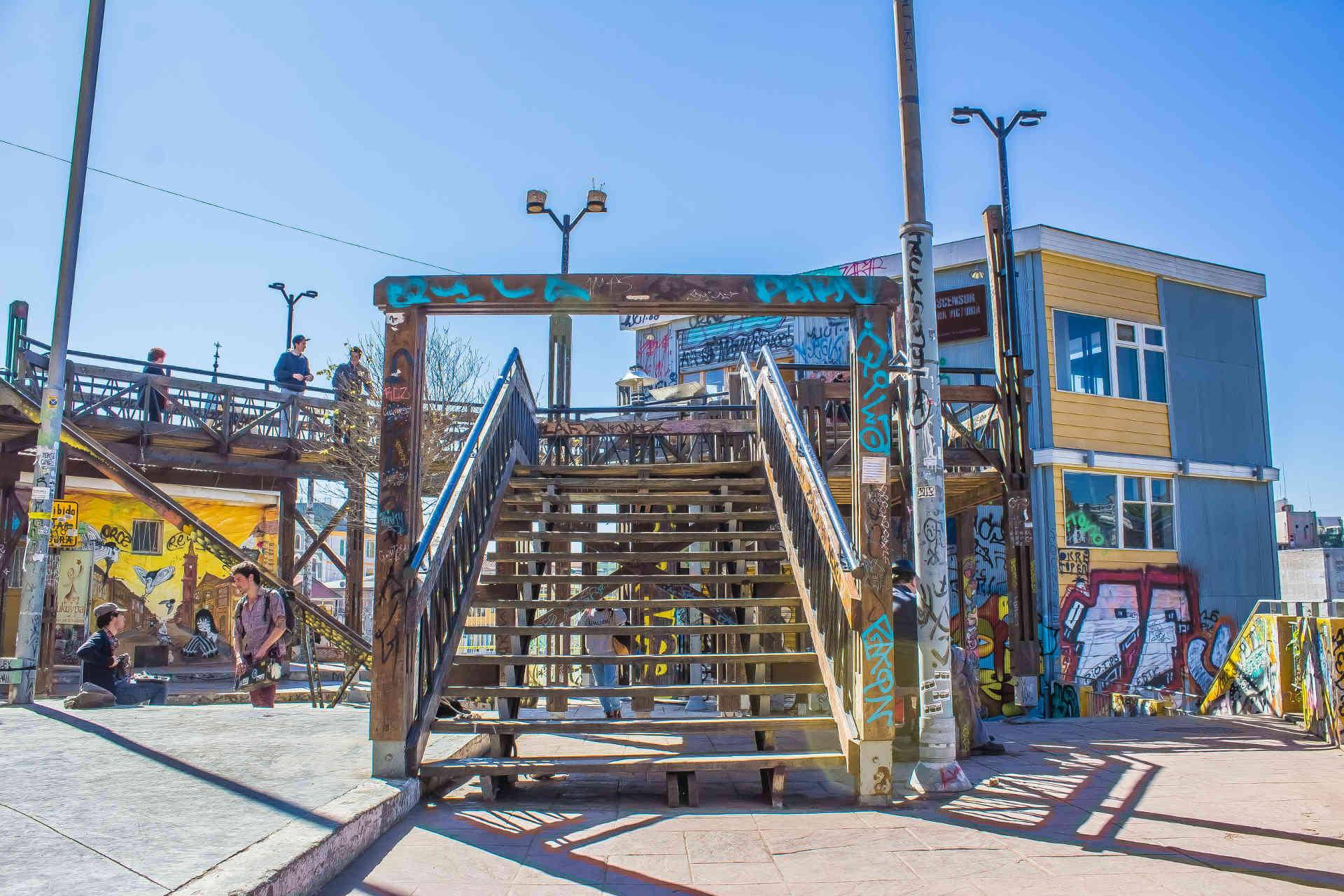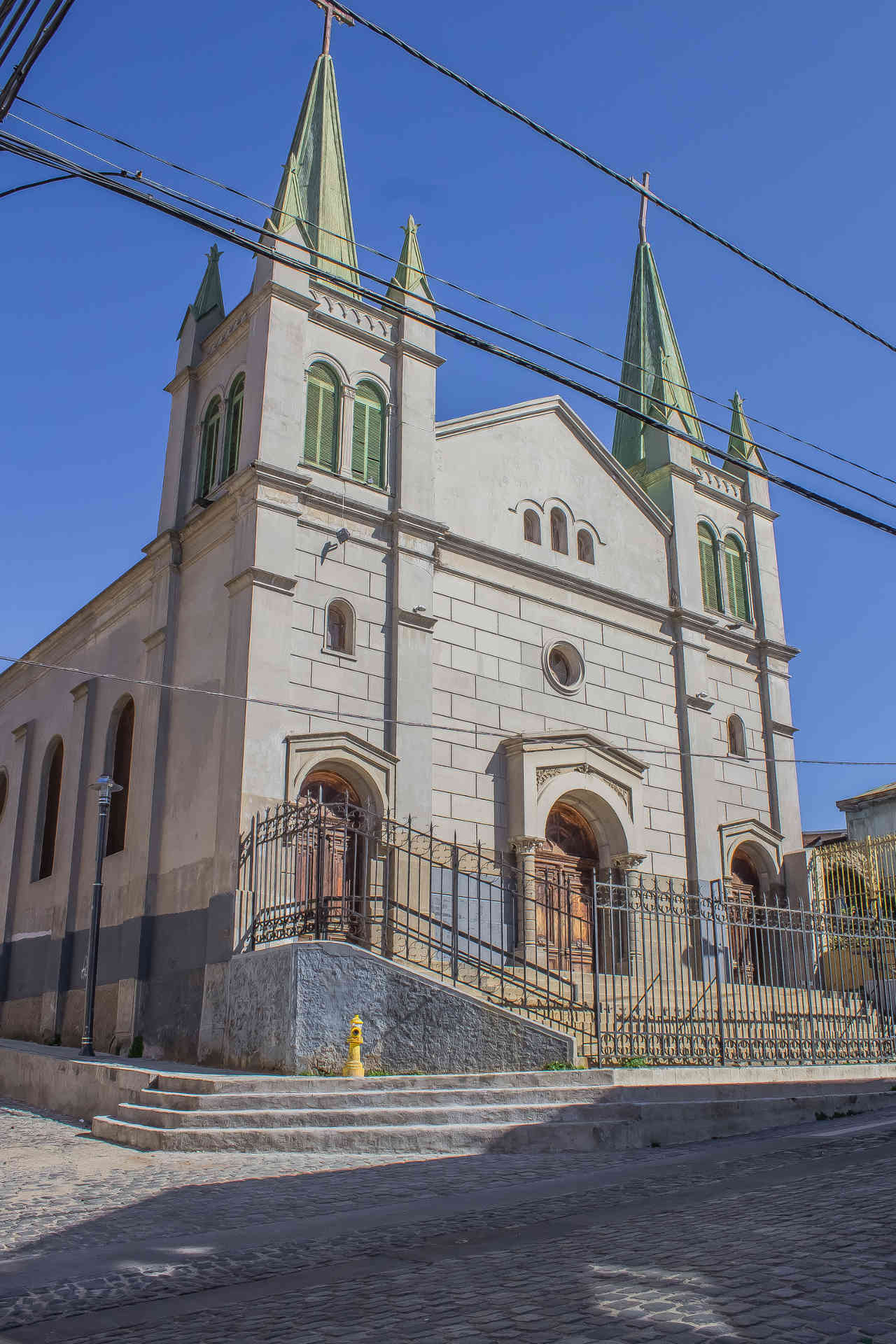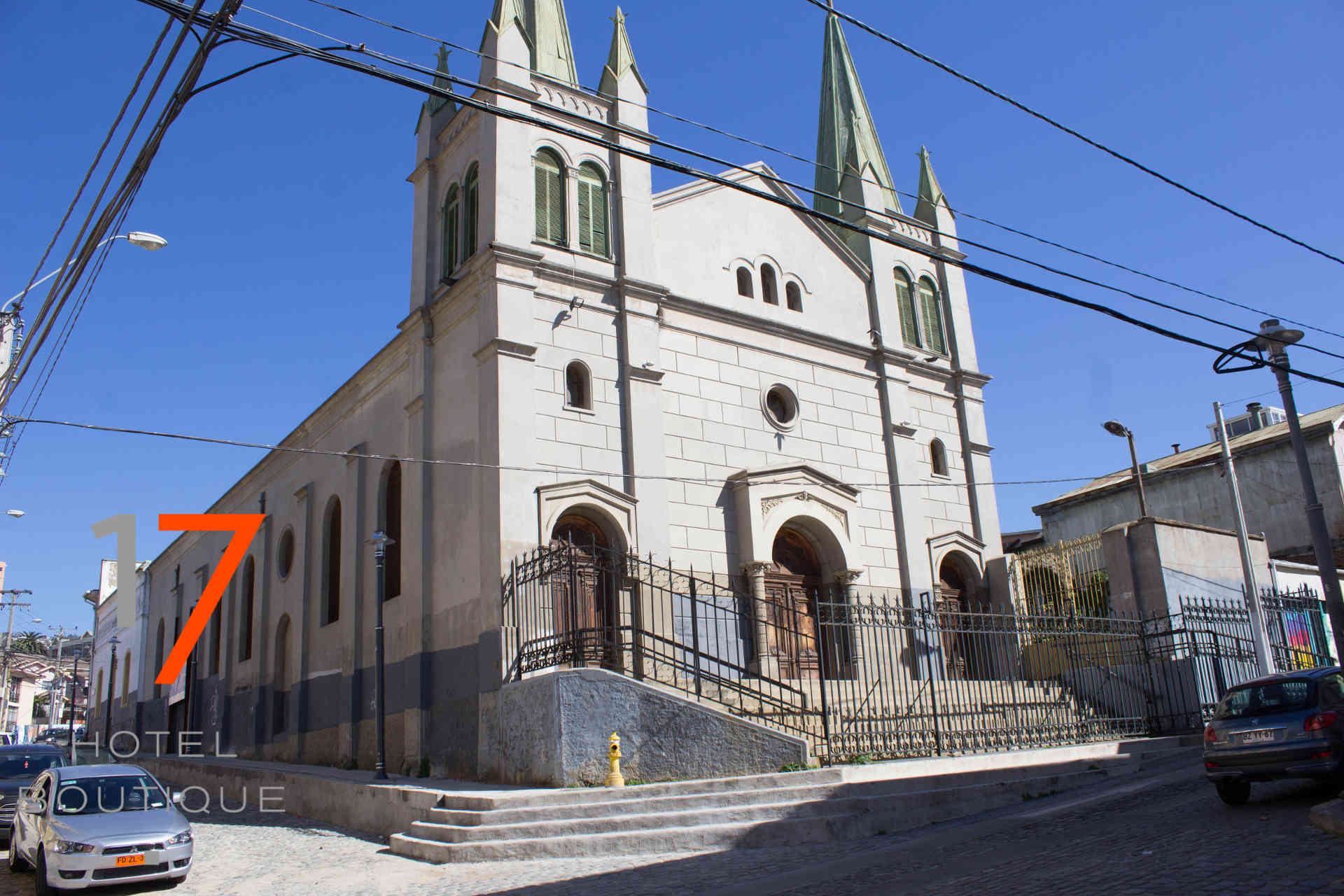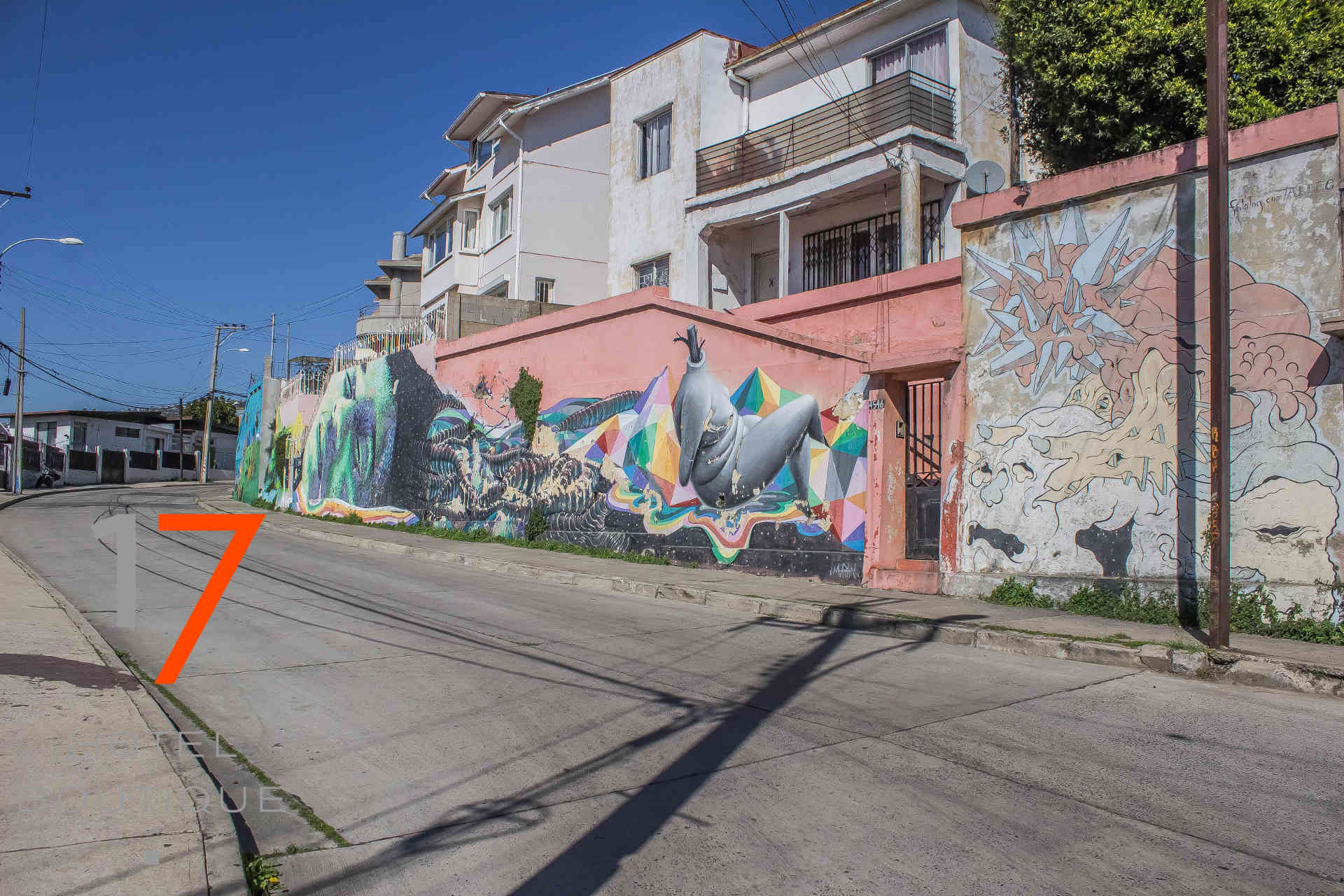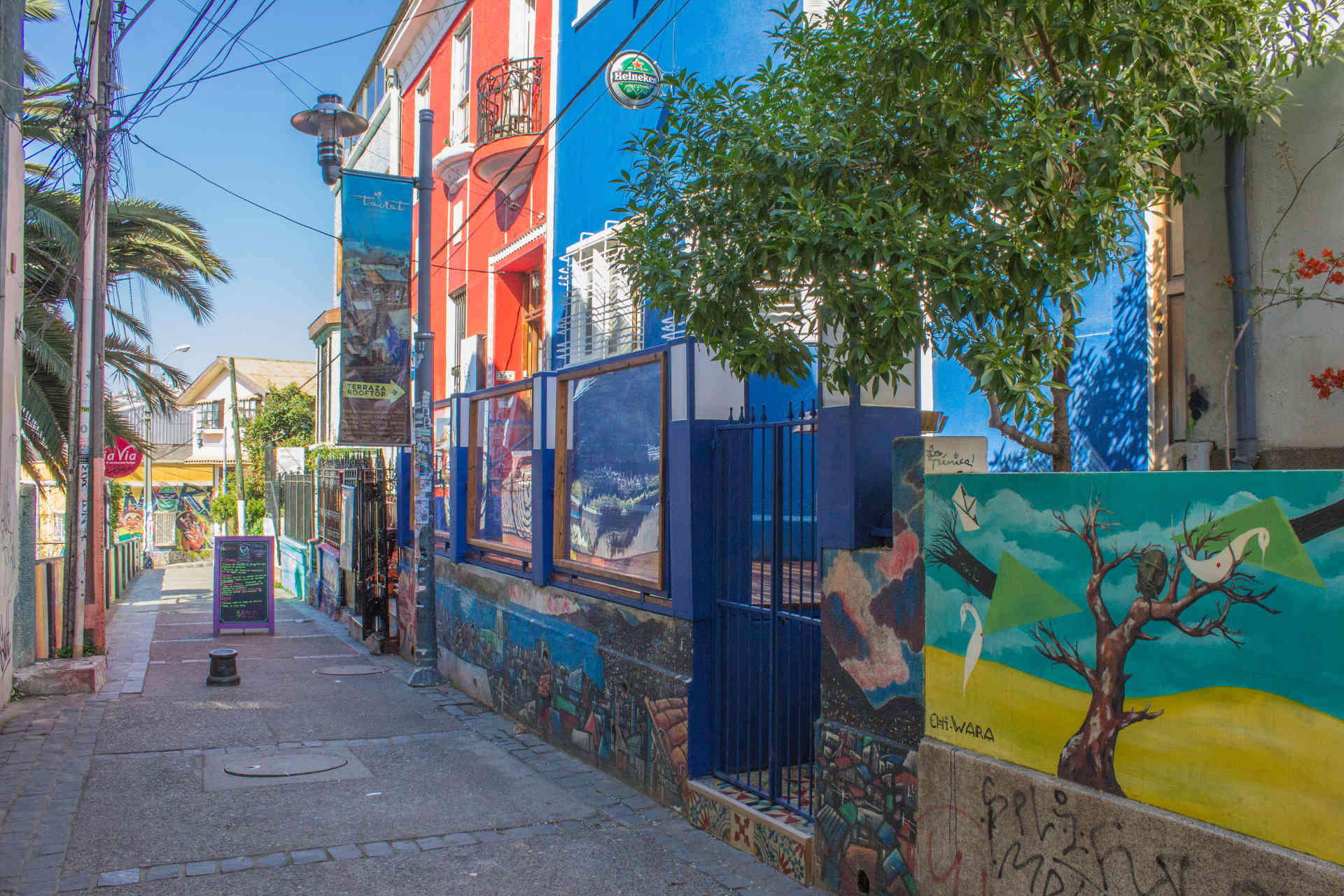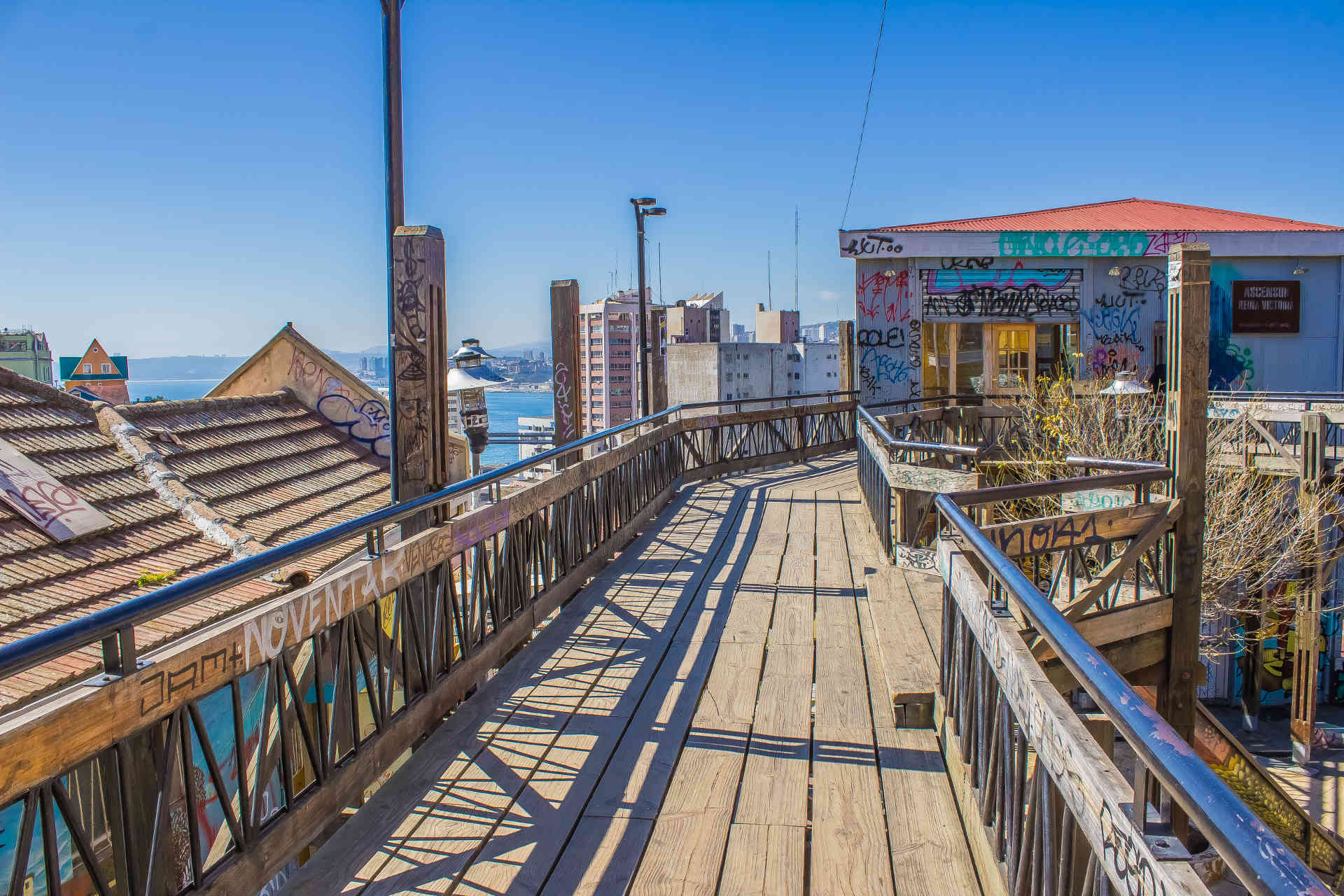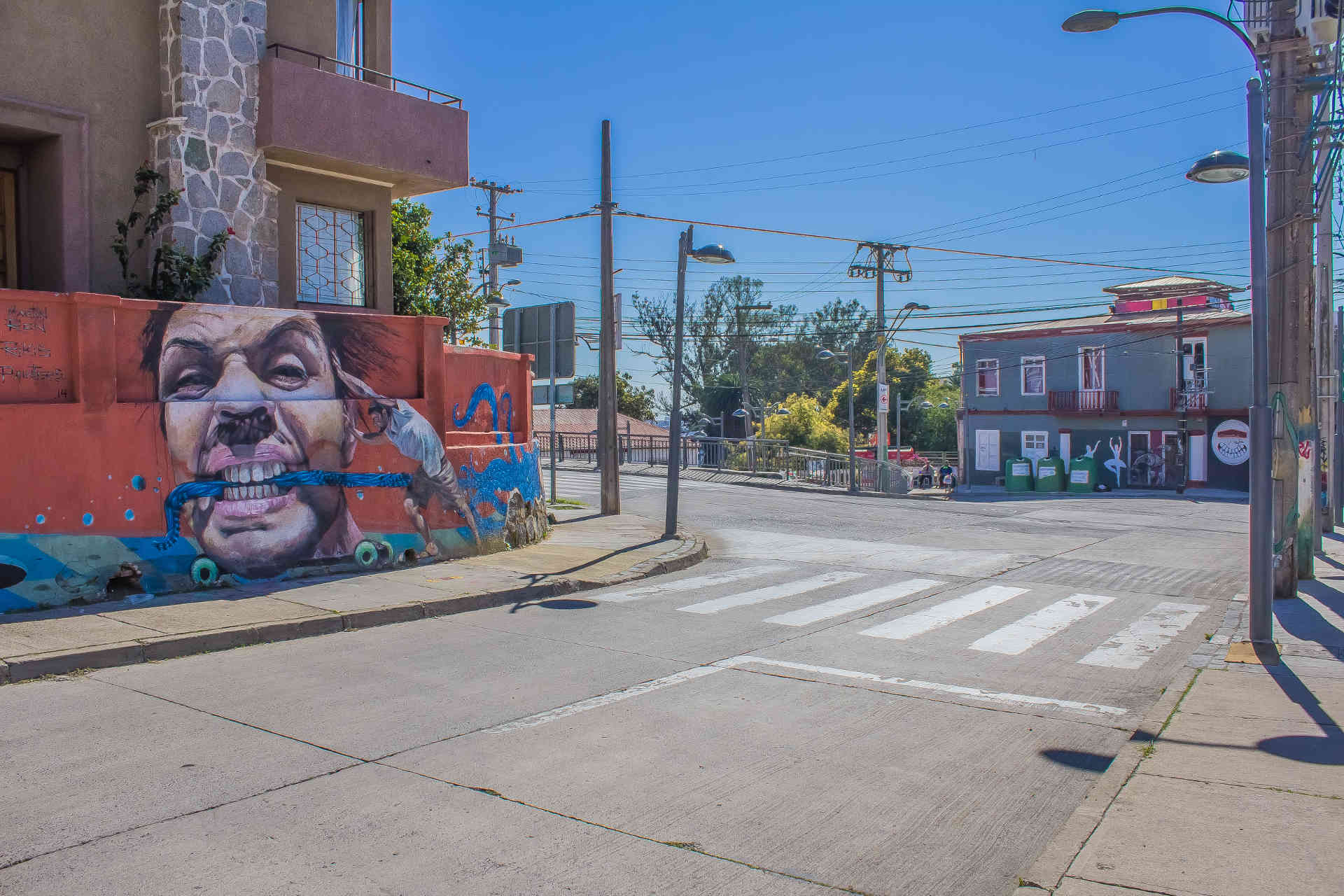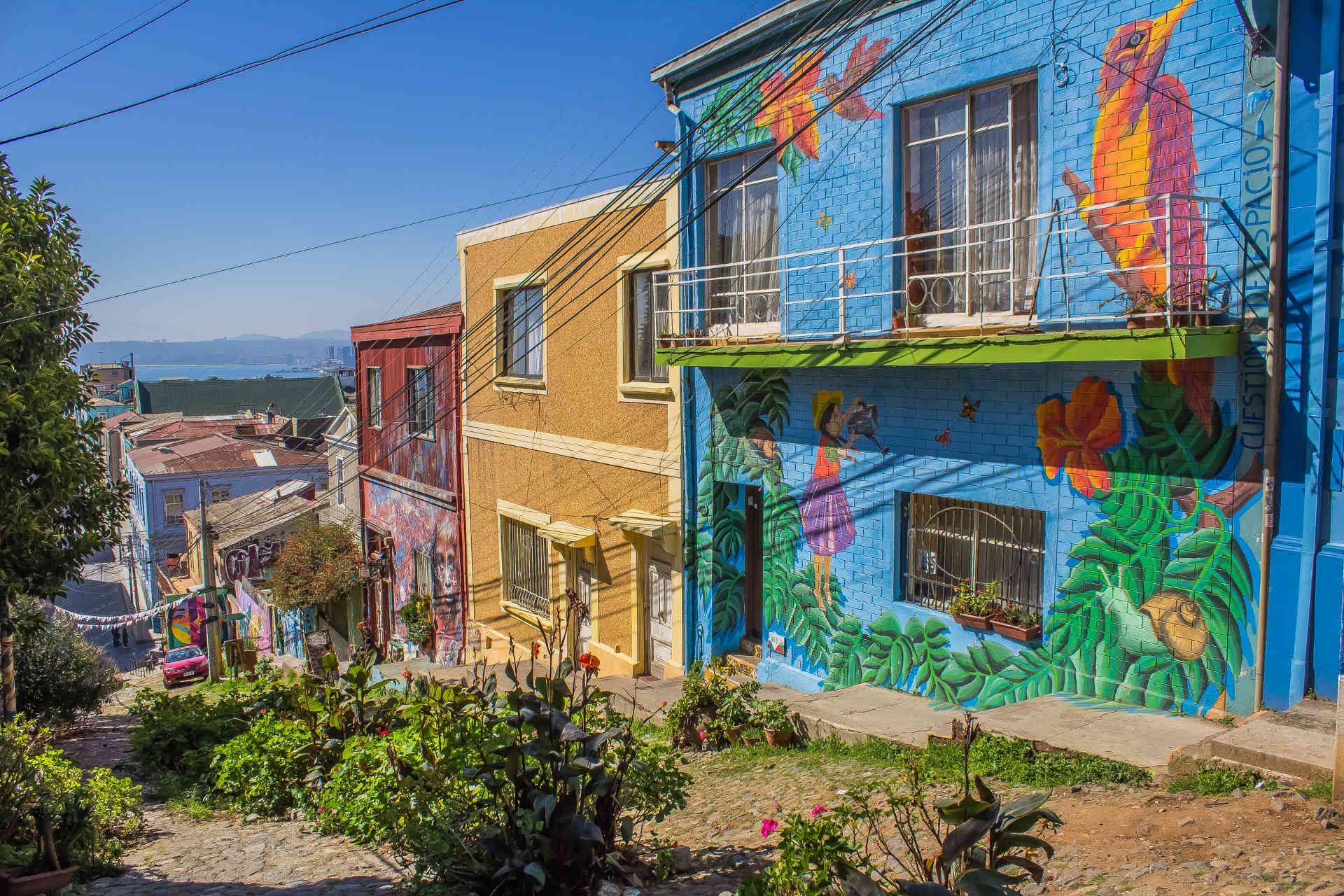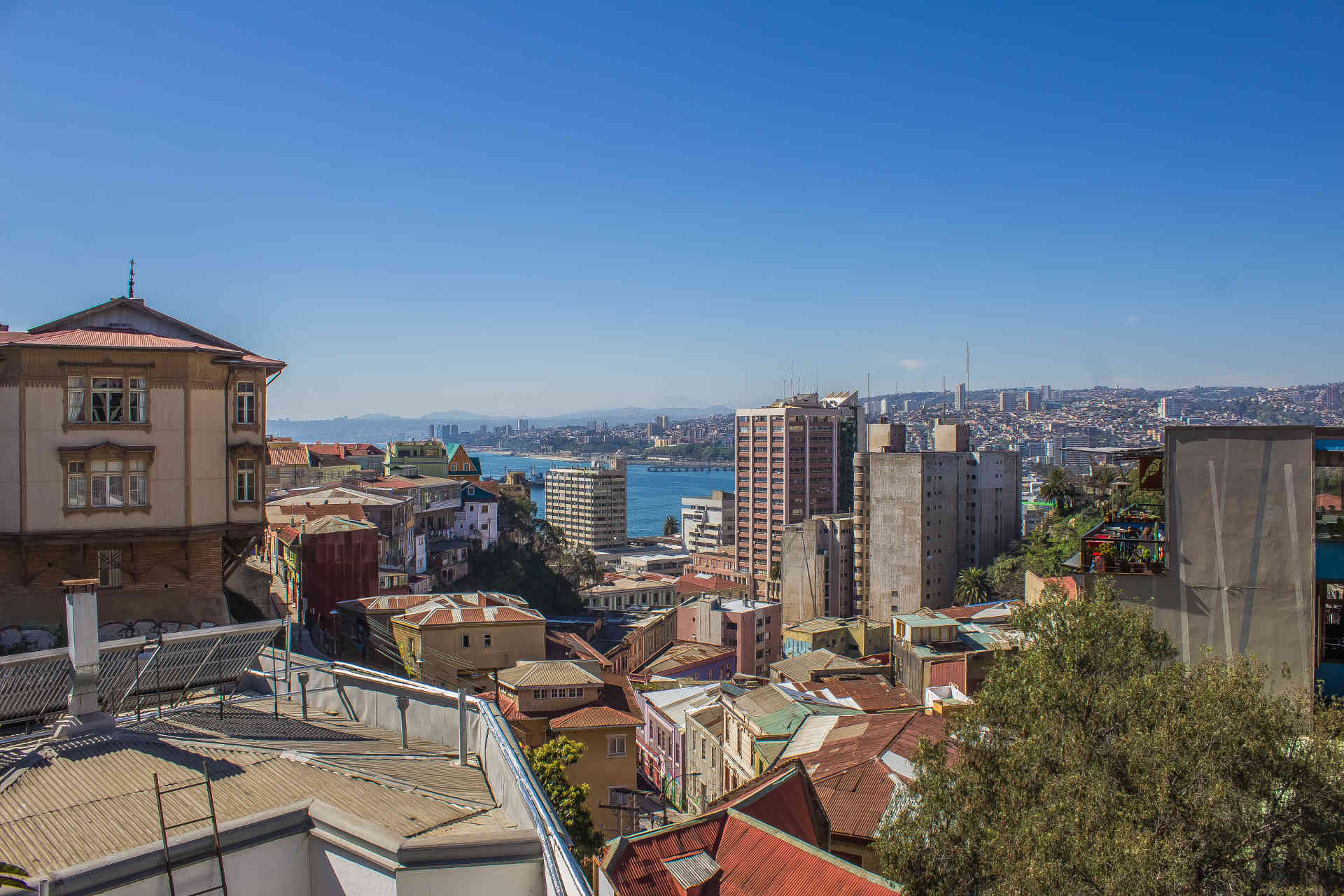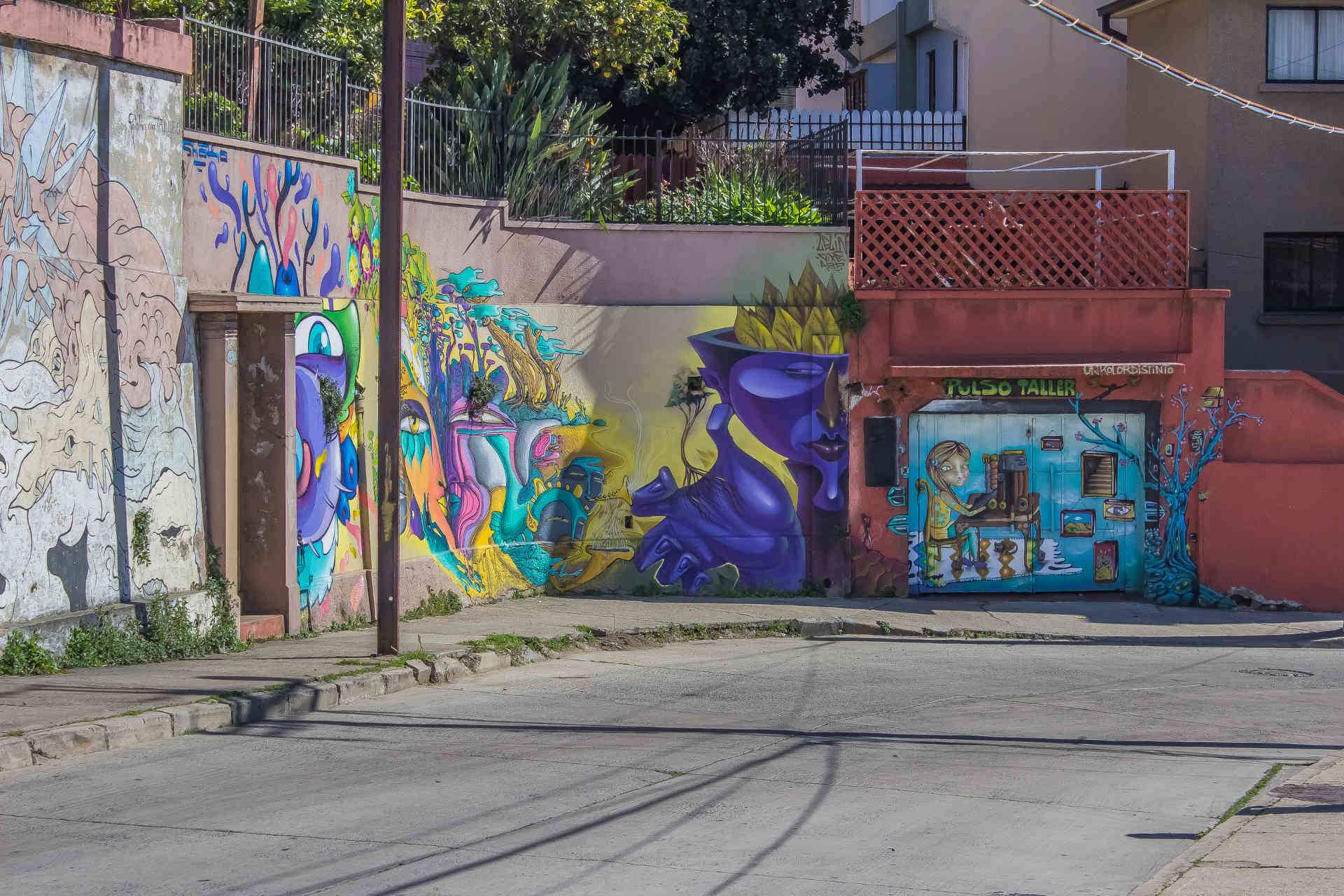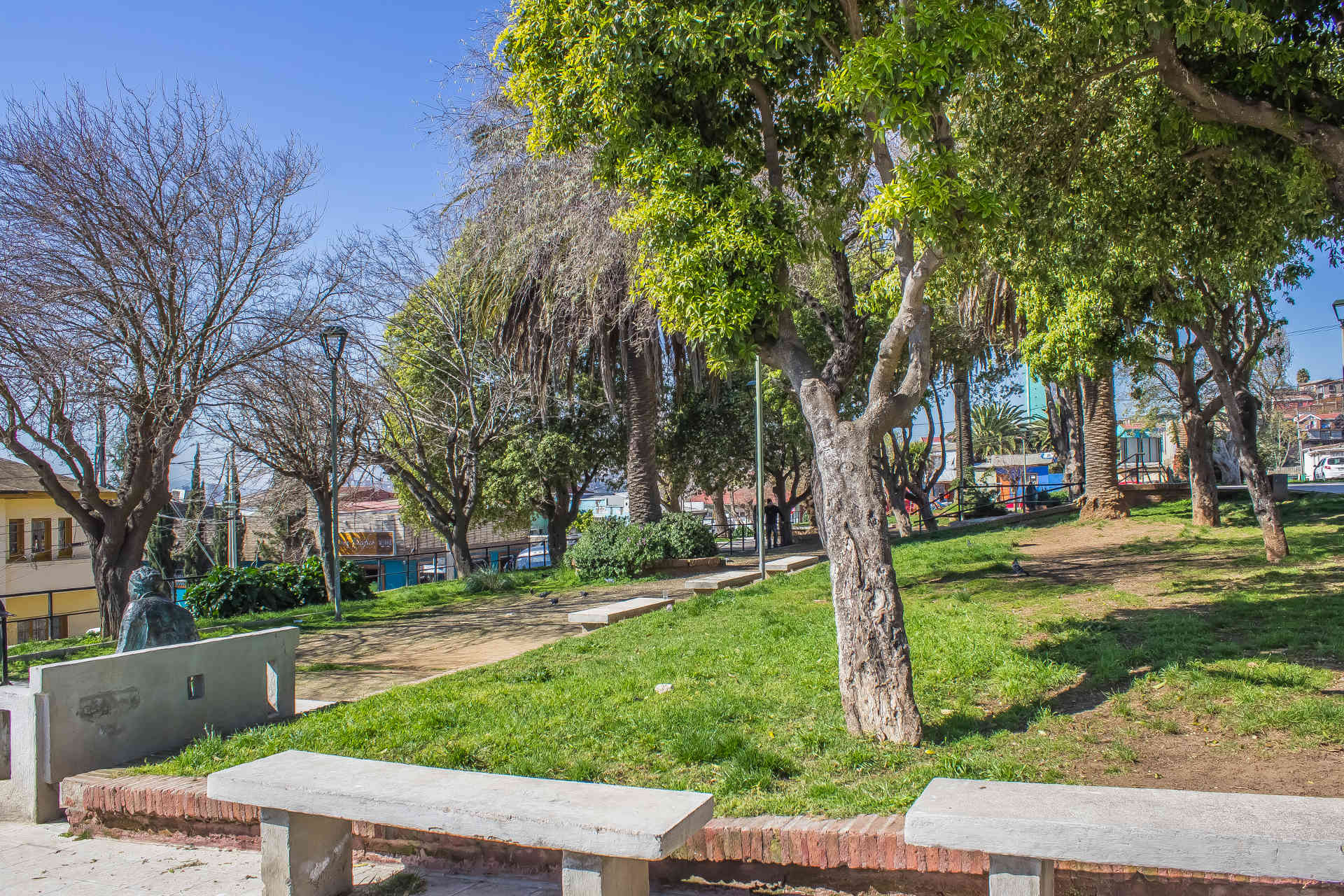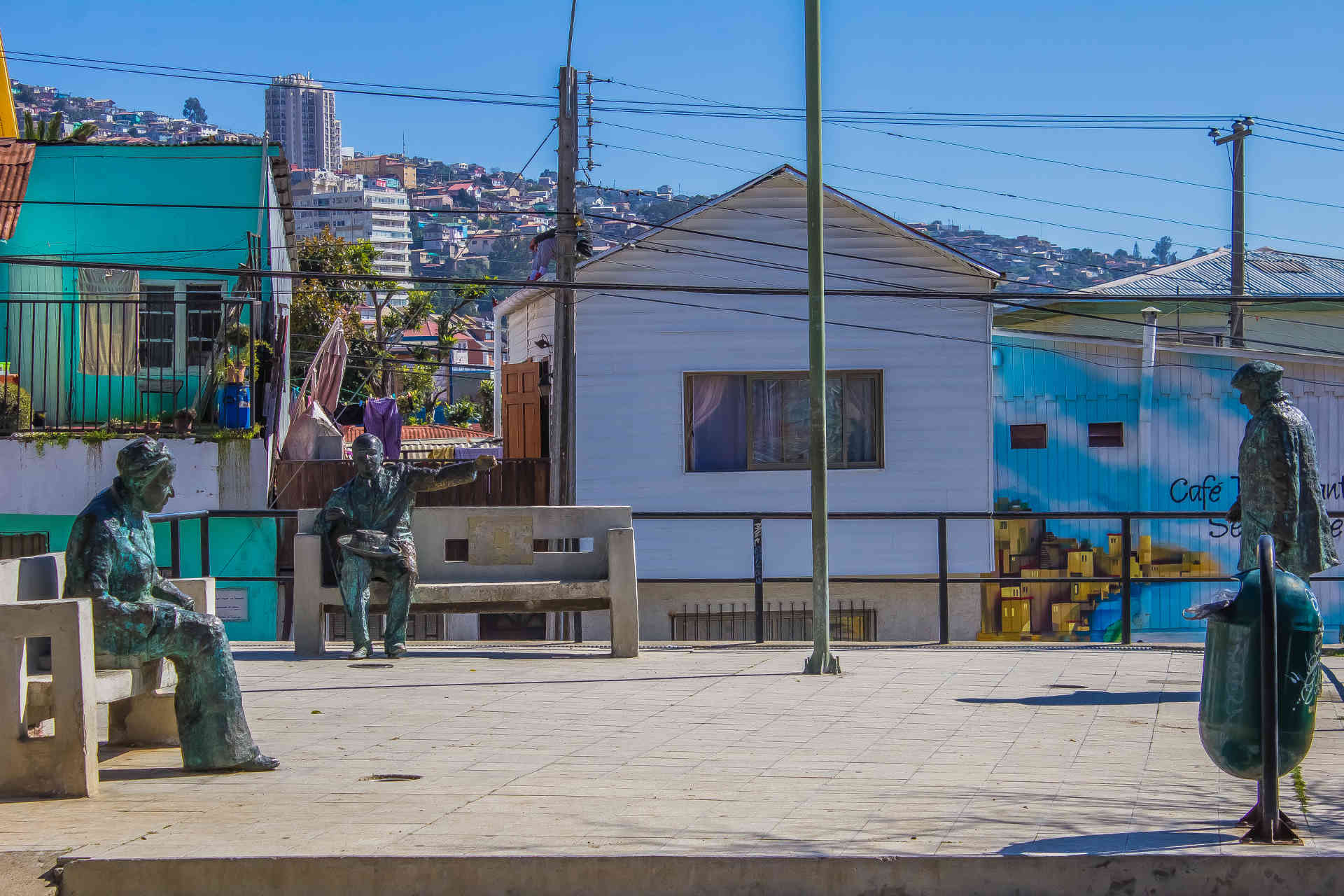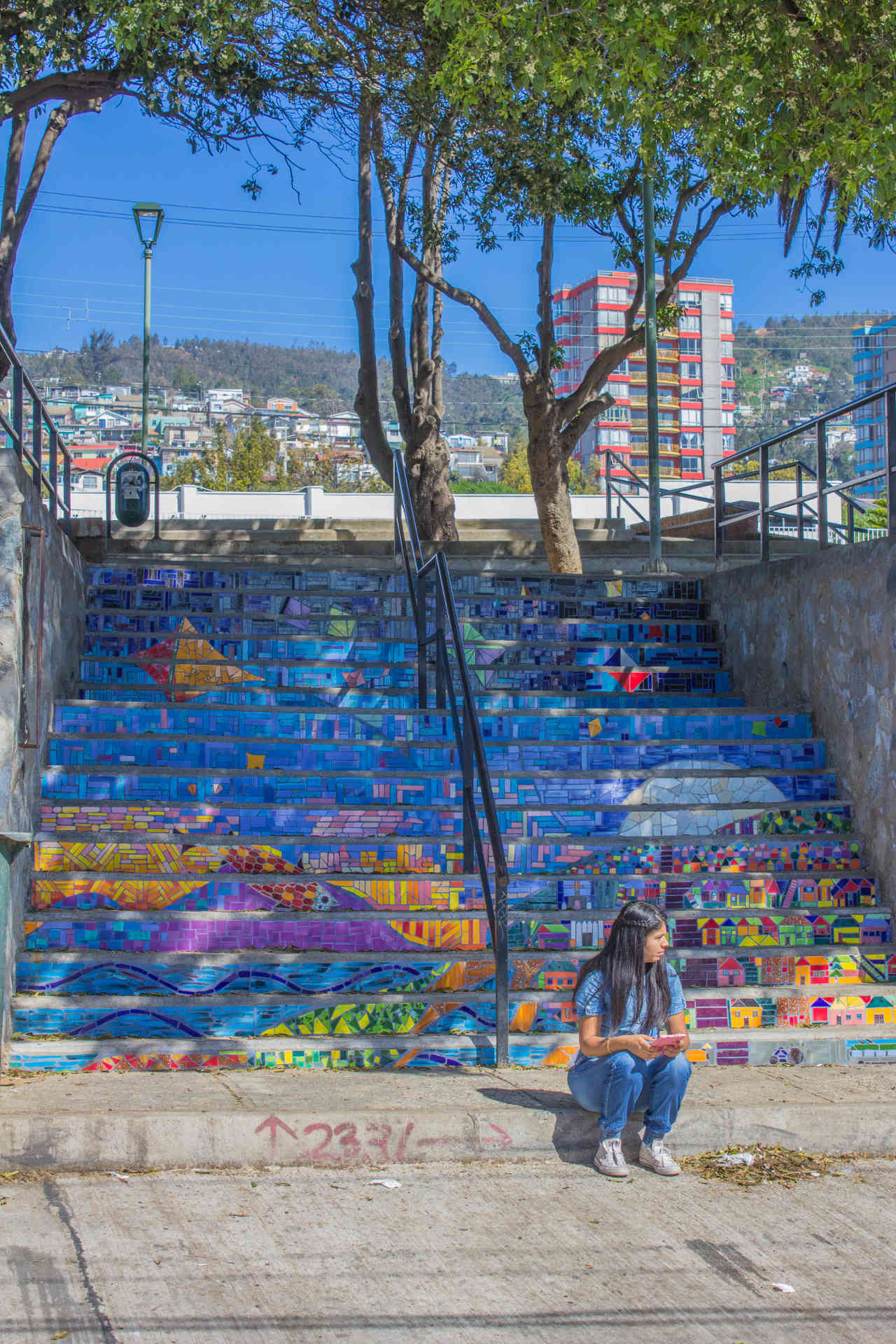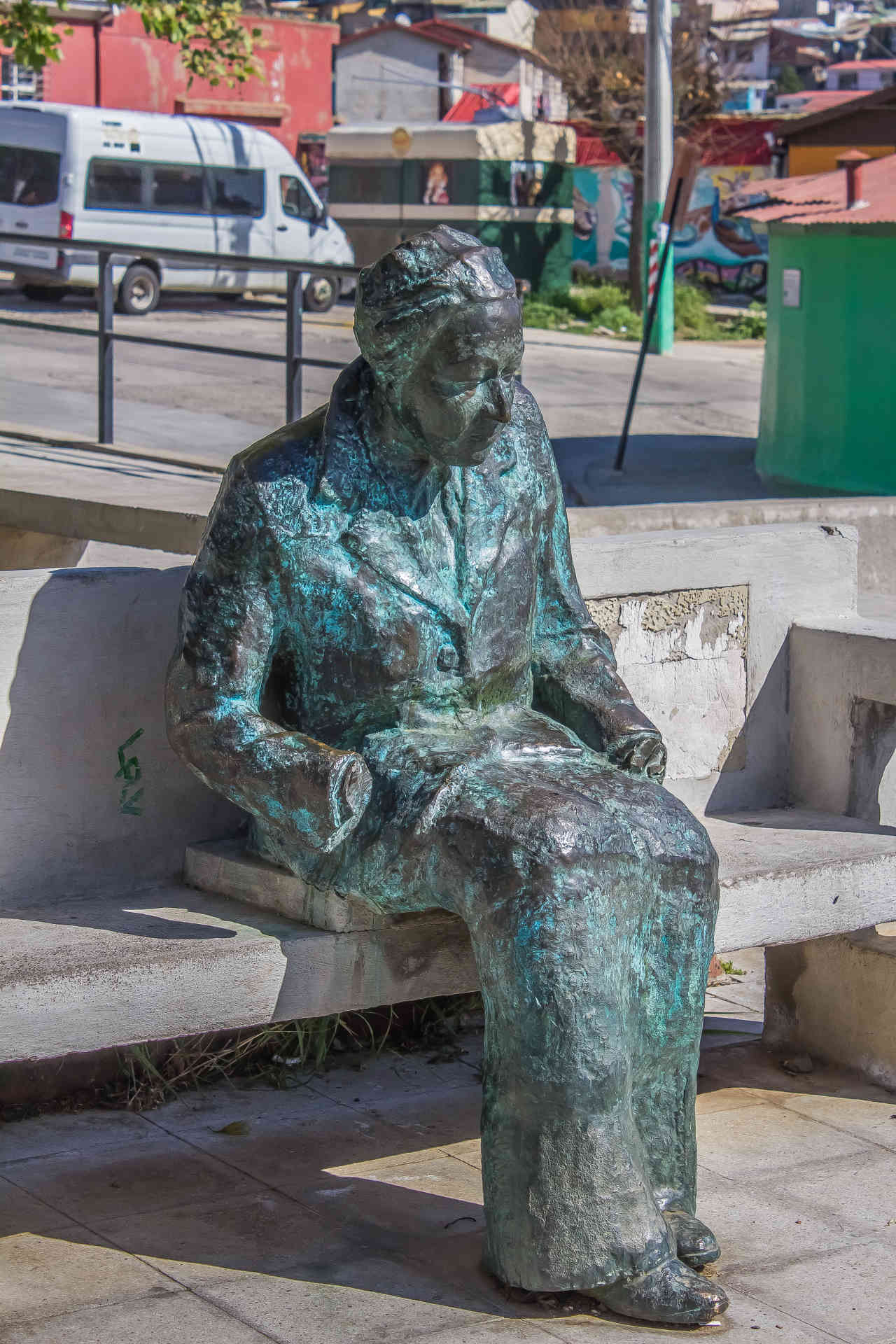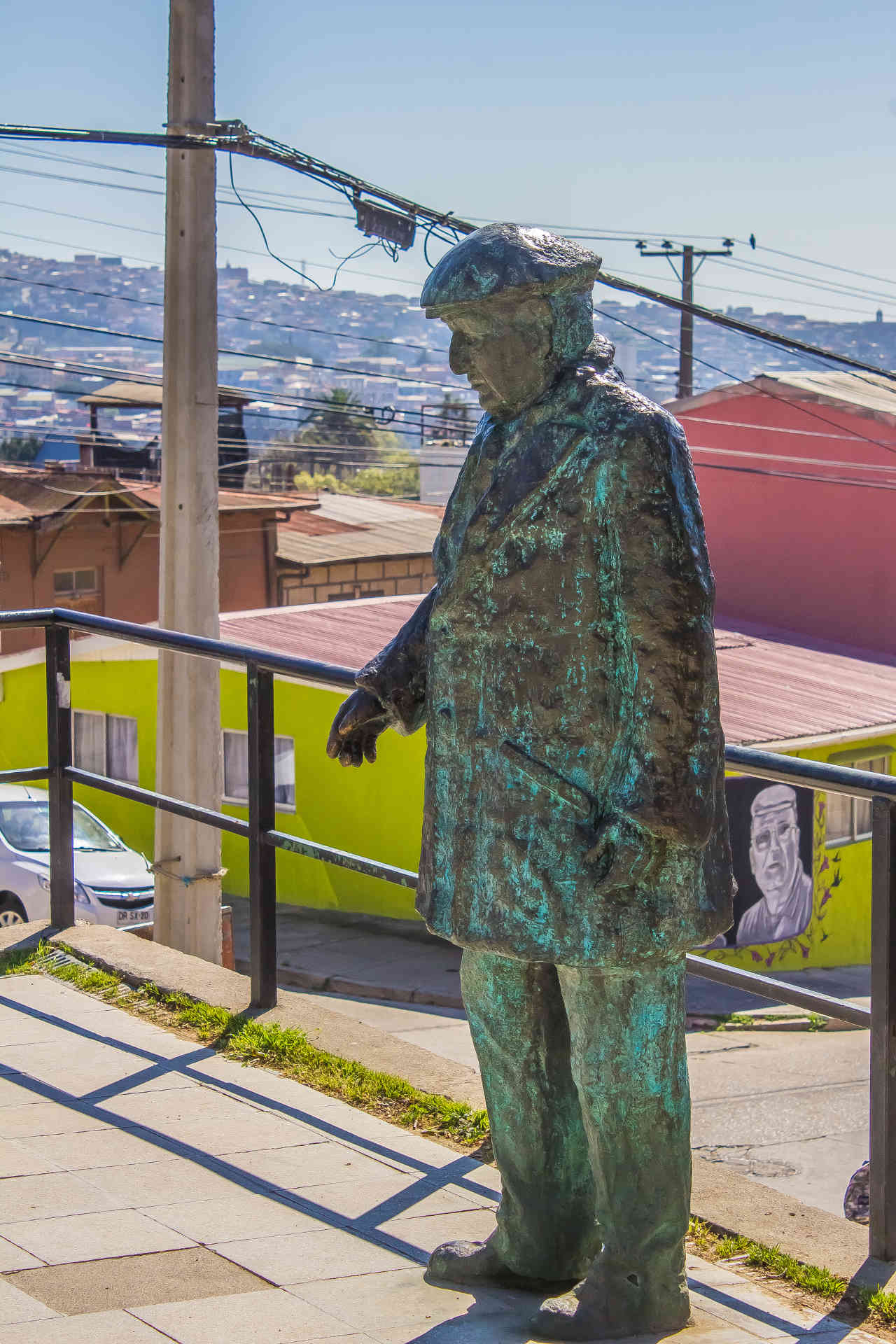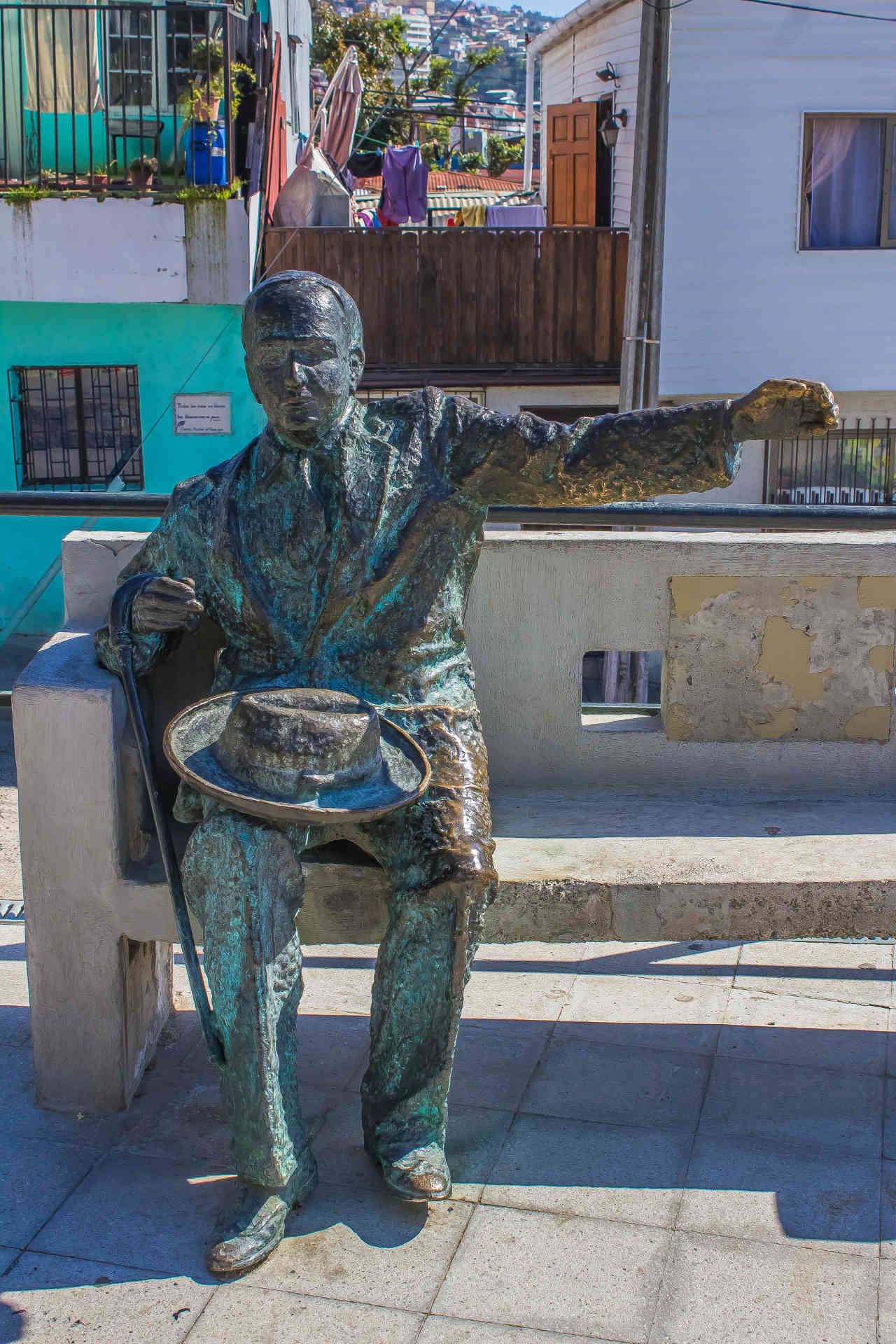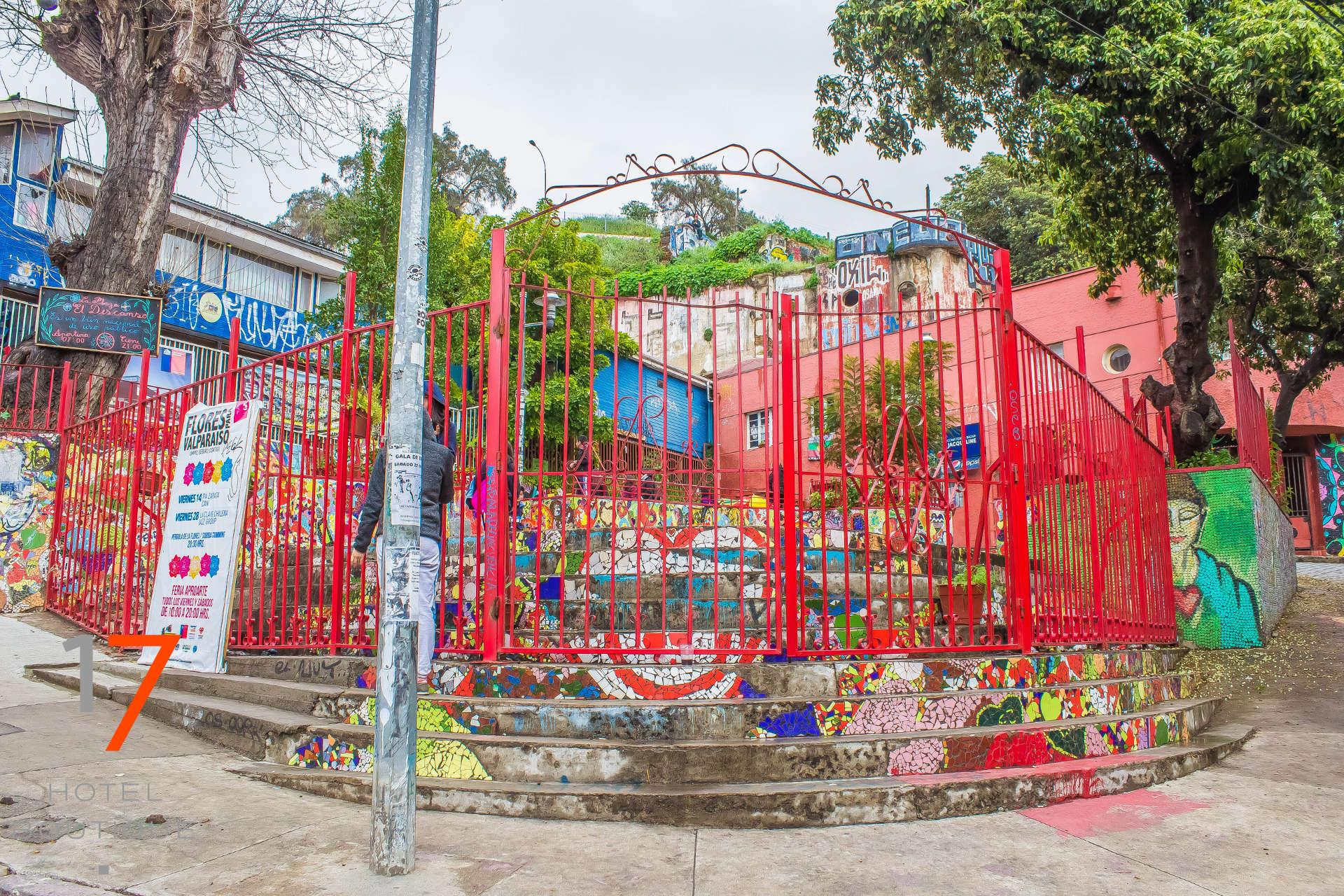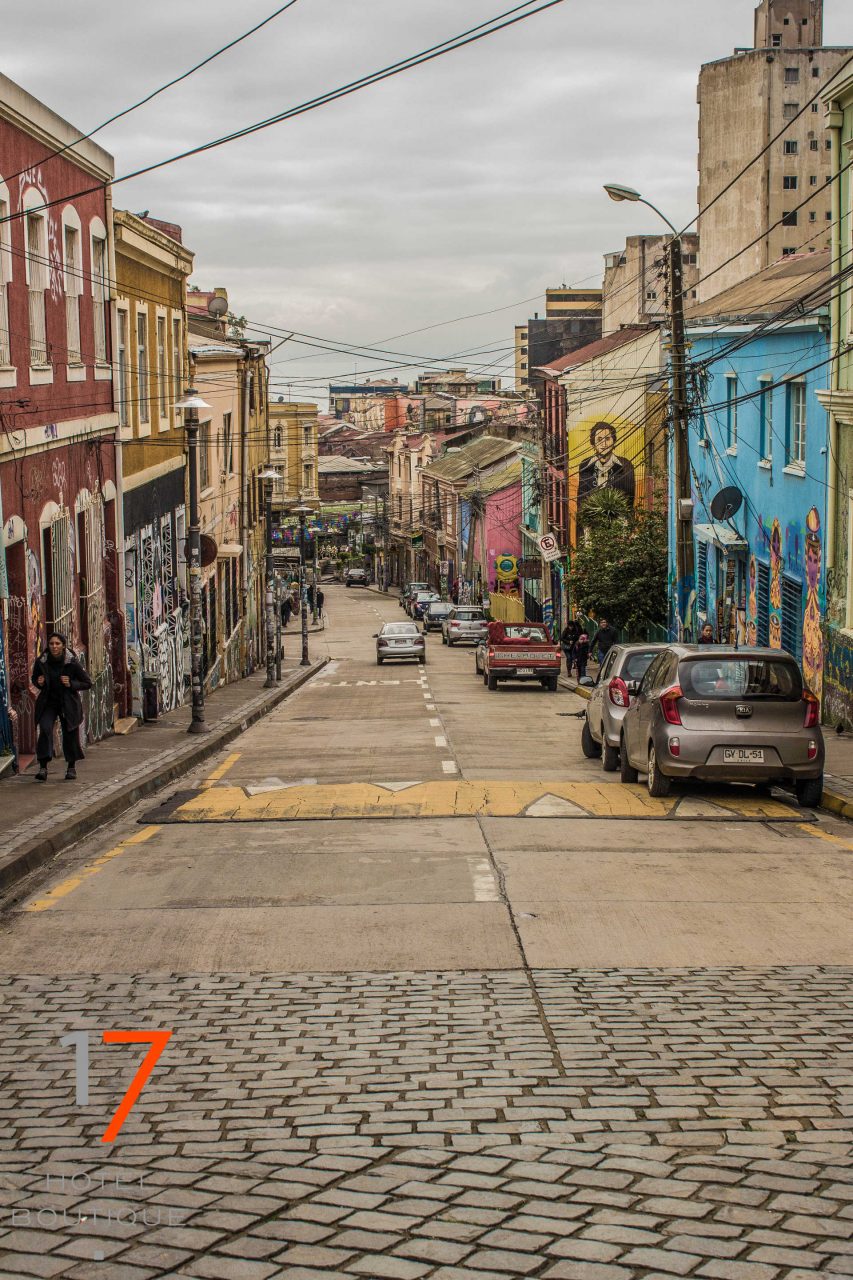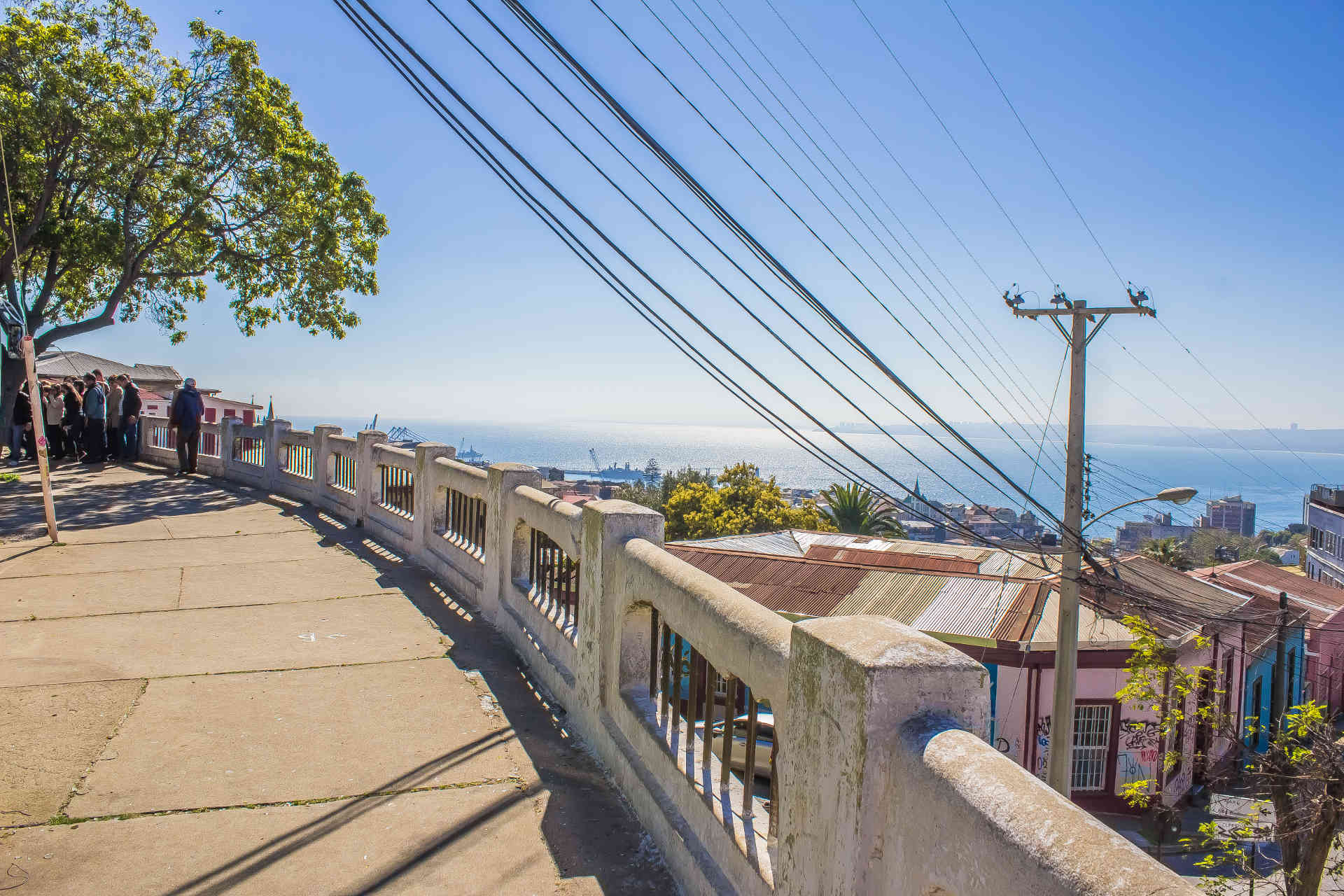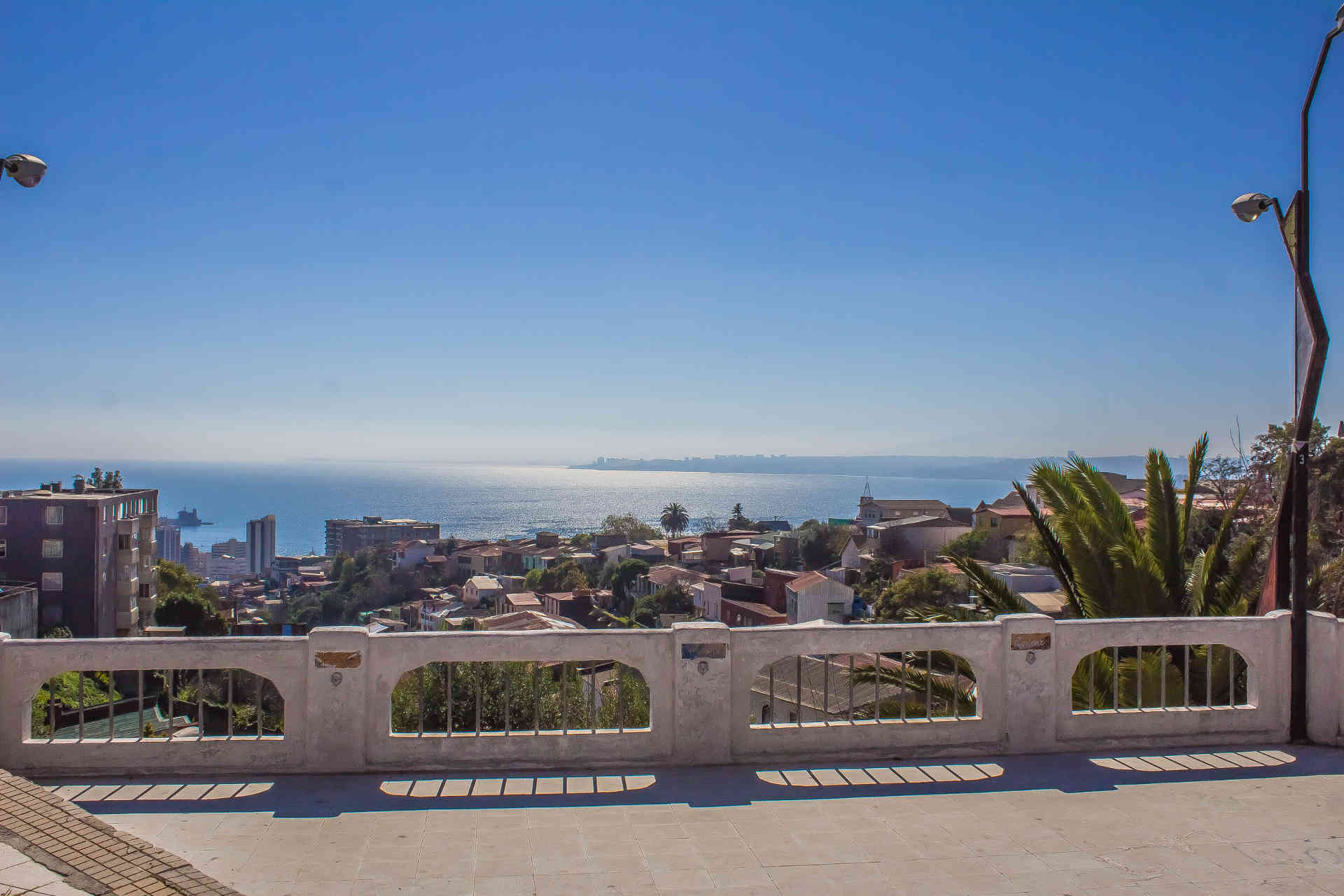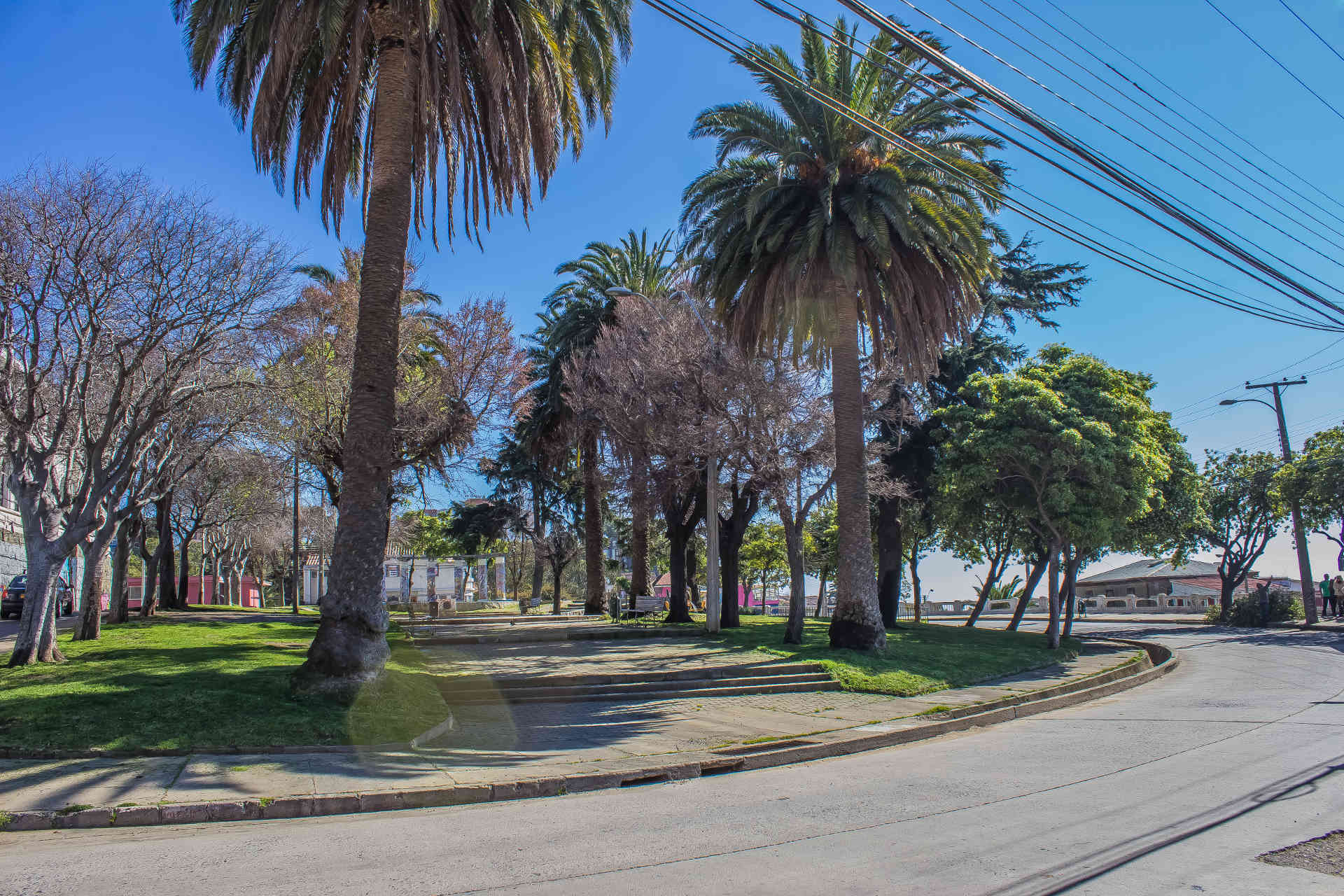
Attractions
Undoubtedly, within the main tourist sites of Valparaíso, their 42 hills that embrace the bay are most characteristic, holding houses of the most varied architectures. The eccentric, precarious, ancient wealth and influence of European immigrants are mixed through buildings that hang from the hills or fit into the rock, communicating between endless stairs and picturesque lifts. Among them:Undoubtedly, within the main tourist sites of Valparaíso, there are about 42 hills that embrace the bay, characteristic for their houses of the most varied architectures, where the eccentric, the precarious, the ancient wealth and the influence are mixed. of European immigrants, through buildings that hang from the hills or fit into the rock, communicating between endless stairs and picturesque elevators. They stand out among them:
Concepción Hill
Cerro Concepción is characterized by its elegant architecture, representative of the influence of the German and English immigrants who came to the place in the 19th century. These settlers tried to bring the image and customs of their lands to this distant hill, which explains why the two temples of the hill belong to the Anglican and Lutheran religion, instead of the Catholic, predominant in Chile.
Cerro Concepción hill is one of the most important tourist places of Valparaiso, so it is common to see the old houses transformed into hotels, shops and restaurants, which are mixed with walks, viewpoints, narrow streets, steep stairs and elevators.
The main tourist places are the Atkinson and Gervasoni walks, the Gálvez, Fischer and Templeman passages, the Lukas House, the German Lutheran and St. Paul Anglican churches, and the Concepción elevator.
Alegre Hill
Cerro Alegre, like its neighbor Cerro Concepción, presents an architecture representative of the European immigrants who inhabited the place, who built huge mansions, with colorful facades, from which bow windows and balconies appear, next to small ante-gardens, which today some cafeterias have used as terraces.
Today, Cerro Alegre is one of the most visited tourist places of Valparaiso, with a large number of hostels, hotels, and services, which are mixed with an environment of passages, viewpoints and stairs.
Among the main tourist places that can be visited are the Yugoslavian Promenade, Baburizza and Astoreca palaces, Cruise House, Bavestrello Passage, and the Peral and and Queen Victoria elevators.
Bellavista and Florida Hills
Cerro Bellavista and Cerro Florida are known collectively as the Cerro de los Artistas (Artists Hill), characterized by their colorful constructions with metallic coatings, which wind between a complex topography.
The uniqueness of these hills lies in hosting two cultural enclaves, first the Casa Museo La Sebastiana (La Sebastiana House Museum), residence of the poet Pablo Neruda, and second the Museo Cielo Abierto (Open Sky Museum), an open-air tour, which allows to appreciate numerous facades intervened with murals by prominent artists.
Among the main tourist places that can be visited are the Cielo Abierto Museum, Sebastiana House Museum, Carmelitas’s church, and Florida and Espíritu Santo elevators.
Concepción Hill
Cerro Concepción is characterized by its elegant architecture, representative of the influence of the German and English immigrants who came to the place in the 19th century. These settlers tried to bring the image and customs of their lands to this distant hill, which explains why the two temples of the hill belong to the Anglican and Lutheran religion, instead of the Catholic, predominant in Chile.
Cerro Concepción hill is one of the most important tourist places of Valparaiso, so it is common to see the old houses transformed into hotels, shops and restaurants, which are mixed with walks, viewpoints, narrow streets, steep stairs and elevators.
The main tourist places are the Atkinson and Gervasoni walks, the Gálvez, Fischer and Templeman passages, the Lukas House, the German Lutheran and St. Paul Anglican churches, and the Concepción elevator.
Alegre Hill
Cerro Alegre, like its neighbor Cerro Concepción, presents an architecture representative of the European immigrants who inhabited the place, who built huge mansions, with colorful facades, from which bow windows and balconies appear, next to small ante-gardens, which today some cafeterias have used as terraces.
Today, Cerro Alegre is one of the most visited tourist places of Valparaiso, with a large number of hostels, hotels, and services, which are mixed with an environment of passages, viewpoints and stairs.
Among the main tourist places that can be visited are the Yugoslavian Promenade, Baburizza and Astoreca palaces, Cruise House, Bavestrello Passage, and the Peral and and Queen Victoria elevators.
Bellavista and Florida Hills
Cerro Bellavista and Cerro Florida are known collectively as the Cerro de los Artistas (Artists Hill), characterized by their colorful constructions with metallic coatings, which wind between a complex topography.
The uniqueness of these hills lies in hosting two cultural enclaves, first the Casa Museo La Sebastiana (La Sebastiana House Museum), residence of the poet Pablo Neruda, and second the Museo Cielo Abierto (Open Sky Museum), an open-air tour, which allows to appreciate numerous facades intervened with murals by prominent artists.
Among the main tourist places that can be visited are the Cielo Abierto Museum, Sebastiana House Museum, Carmelitas’s church, and Florida and Espíritu Santo elevators.
Panteón hill
Cerro Panteón, located on the side of the Cerro Cárcel, has its base on Condell Street and is surrounded by the Cumming and Ecuador climbs, forming part of the central chain of Valparaiso’s hills.
Its name is due to the fact that the hill harbors three city cemeteries: the Cemetery N° 1, the Cemetery of Dissidents and the Cemetery N° 2. By the beginning of the 19th century, the inhabitants of Valparaíso buried their dead in the sea or in high on the hills, causing a health crisis. In 1825, the government bought the land to found a cemetery on the hill, which at that time was on the outskirts of the city. In this way the Cemetery No. 1 was born for Catholics and, as a result of the management of British immigrants to bury those who did not profess that faith, thus also founding the Cemetery of Dissidents. In the year 1848 the Cemetery No. 2 was founded.
Cárcel Hill
The Cerro Cárcel is named because it housed the old public prison of the city during virtually the entire twentieth century. Currently, the Cultural Park of Valparaíso is located in this place, where the oldest structure in the city is still preserved, an old ammunition dump built at the end of the period of colonial Chile (1807 – 1809).
In this hill you can also find the recently remodeled Plaza Bismark, which has a small amphitheater and a viewpoint to the bay of Valparaíso. Here you will also find the Teatro Museo del Títere y el Payaso (Puppet and Clown Theater Museum), in what was the headquarters of the Parroquia San Judas Tadeo, and the Liceo Pedro Montt, a 19th century building declared a historical heritage.
Panteón hill
Cerro Panteón, located on the side of the Cerro Cárcel, has its base on Condell Street and is surrounded by the Cumming and Ecuador climbs, forming part of the central chain of Valparaiso’s hills.
Its name is due to the fact that the hill harbors three city cemeteries: the Cemetery N° 1, the Cemetery of Dissidents and the Cemetery N° 2. By the beginning of the 19th century, the inhabitants of Valparaíso buried their dead in the sea or in high on the hills, causing a health crisis. In 1825, the government bought the land to found a cemetery on the hill, which at that time was on the outskirts of the city. In this way the Cemetery No. 1 was born for Catholics and, as a result of the management of British immigrants to bury those who did not profess that faith, thus also founding the Cemetery of Dissidents. In the year 1848 the Cemetery No. 2 was founded.
Cárcel Hill
The Cerro Cárcel is named because it housed the old public prison of the city during virtually the entire twentieth century. Currently, the Cultural Park of Valparaíso is located in this place, where the oldest structure in the city is still preserved, an old ammunition dump built at the end of the period of colonial Chile (1807 – 1809).
In this hill you can also find the recently remodeled Plaza Bismark, which has a small amphitheater and a viewpoint to the bay of Valparaíso. Here you will also find the Teatro Museo del Títere y el Payaso (Puppet and Clown Theater Museum), in what was the headquarters of the Parroquia San Judas Tadeo, and the Liceo Pedro Montt, a 19th century building declared a historical heritage.



